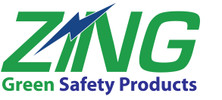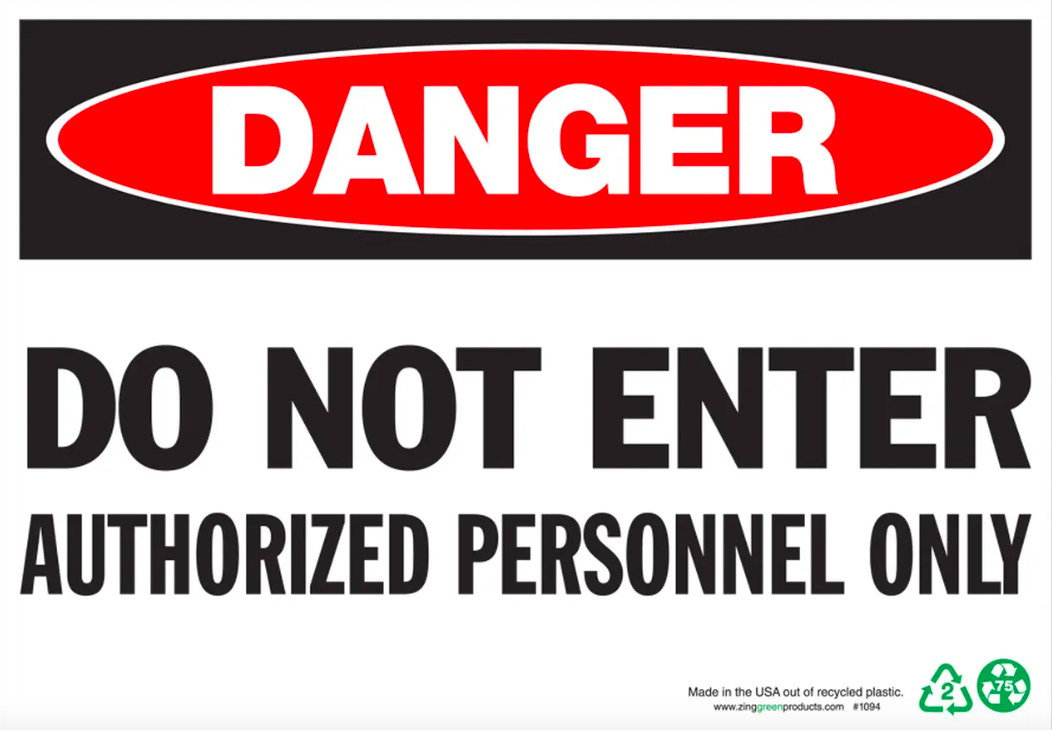Choosing the Right Material for Safety Signage: Plastic, Aluminum, or Adhesive?
Posted by Zing Safety on Sep 12th 2023
Safety signage is a critical aspect of any workplace or public space, providing essential information and warnings to protect people from potential hazards. When it comes to selecting materials for safety signage, several options are available, each with its own advantages and best-use scenarios. In this article, we'll explore the merits of three common materials: plastic, aluminum, and adhesive-backed signs, helping you make informed choices for your safety signage needs.
Plastic Safety Signs
When to Use Plastic:
Plastic safety signs are a versatile choice suitable for various indoor and outdoor applications. They offer several advantages:
Durability: Plastic signs are resilient and can withstand harsh environmental conditions, including rain and sunlight, without fading or deteriorating.
Cost-Effective: They are generally more affordable than aluminum signs, making them an excellent choice for budget-conscious projects.
Lightweight: Plastic signs are easy to handle and mount, making them ideal for temporary signage needs.
Customization: They are available in various colors and can be easily customized with text, graphics, and symbols.
Common Applications:
- Indoor Safety Signs: Plastic signs are suitable for warning signs, informational signs, and directional signs within indoor environments such as offices, warehouses, and manufacturing facilities.
- Temporary Outdoor Signs: Plastic signs can be used for short-term outdoor applications like construction sites and events.
Aluminum Safety Signs
When to Use Aluminum:
Aluminum safety signs are known for their durability and longevity. Here's when you should opt for aluminum:
Durability: Aluminum signs are highly resistant to weather, UV rays, and corrosion, making them a long-lasting option for outdoor signage.
Rigidity: They are sturdy and less prone to bending or warping, making them suitable for high-traffic areas and areas prone to vandalism.
Professional Appearance: Aluminum signs have a polished, professional appearance, making them ideal for conveying critical safety information.
Common Applications:
- Outdoor Safety Signs: Use aluminum signs for warning signs, regulatory signs, and information signs in outdoor environments where they need to withstand the elements for extended periods.
- Permanent Installations: These signs are perfect for locations that require a permanent, high-quality safety message, such as public buildings, roadways, and industrial facilities.
Adhesive-Backed Safety Signs
When to Use Adhesive-Backed Signs:
Adhesive-backed safety signs offer flexibility in terms of placement. Here's when they are most suitable:
Temporary Use: Adhesive-backed signs are perfect for temporary or short-term applications where you need flexibility in positioning and removal.
Versatility: They can be affixed to various surfaces, including doors, windows, equipment, and walls, without the need for additional mounting hardware.
Cost-Effective: These signs are often cost-effective and readily available, making them a convenient choice for quick signage needs.
Common Applications:
- Indoor Settings: Use adhesive-backed signs for labeling, emergency exits, or temporary hazard warnings within indoor environments.
- Retail and Office Spaces: They are suitable for point-of-sale displays, promotions, and temporary directional signage.
Conclusion
Choosing the right material for safety signage is essential to ensure that your messages are effective and long-lasting. Plastic signs offer versatility and affordability, aluminum signs excel in durability and a professional appearance, while adhesive-backed signs are a convenient option for temporary applications. By assessing your specific signage requirements and environmental factors, you can select the material that best suits your needs, helping to create a safer and more informed environment for everyone.

